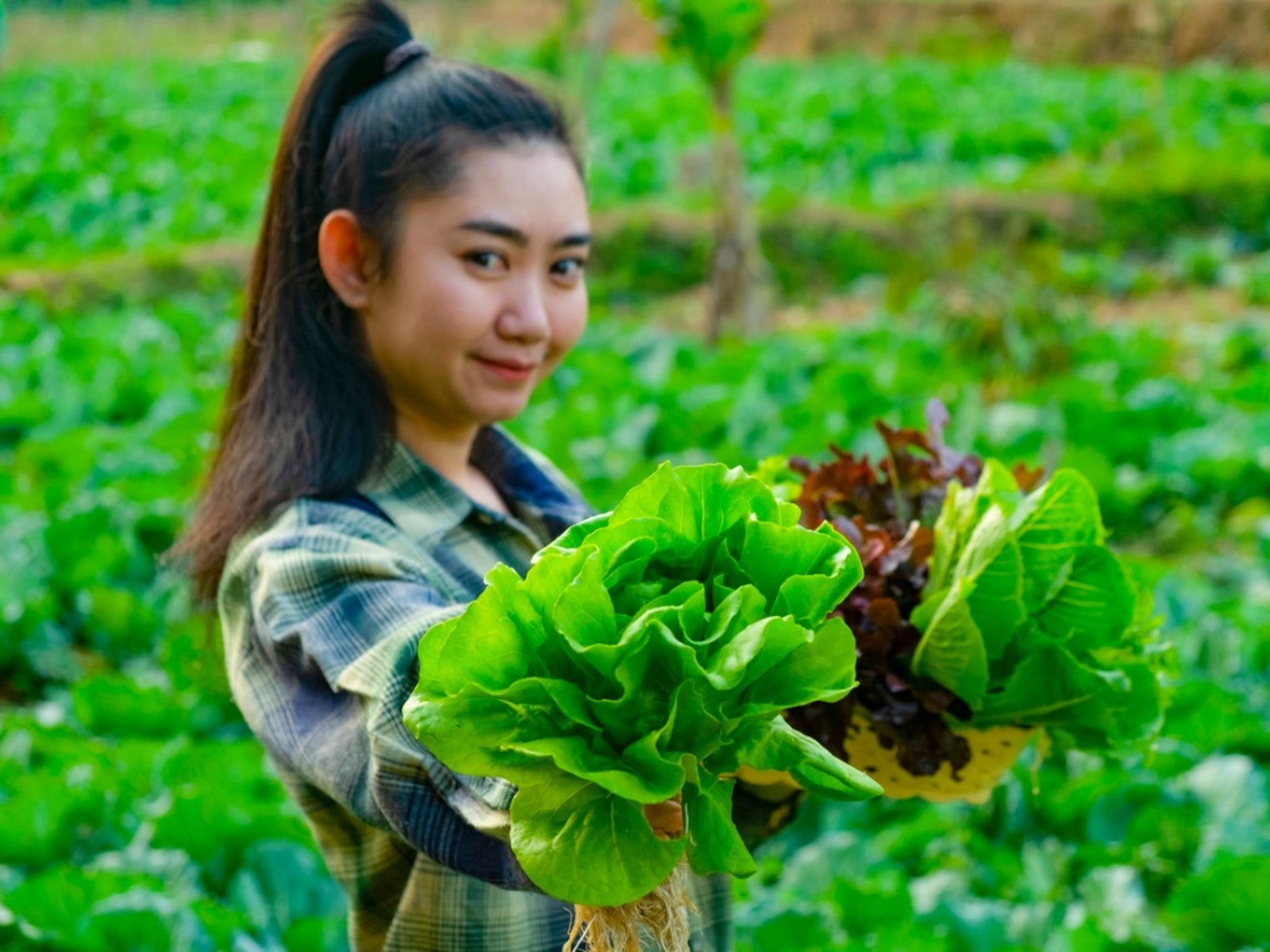Vegetable Gardening For Beginners


Are you new to vegetable gardening and unsure where to begin? Don't worry too much; unbeknownst to many people, starting a vegetable garden is not as difficult as it seems. You only need to follow a few simple guidelines in order to become successful with your gardening venture.
Starting a Vegetable Garden
The first and probably the most important step is deciding what crops you want to grow and where you will be growing them. A 16x20 foot plot is a sufficient size for a family of three or four. Since you are new to this type of gardening, however, you might be better off starting out with something smaller. Consider growing your garden in small beds or even containers. These alternatives work especially well if your space is quite limited. When you have a general idea about what you want, plan accordingly. Draw it out on paper and list the vegetables you would like to incorporate into your garden. It's usually better to grow only the vegetables you enjoy, and those that are easier to grow. Good choices for beginners include:
Research these crops beforehand to make sure they are suitable for your particular area. Catalogs, gardening books, and plant guides are helpful resources for any information you will need.
Choosing a Location for Your Beginner's Vegetable Garden
Once you have established the layout, scan the surrounding landscape for a location to make sure it will fit in. For example, make note of sun and wind patterns. Successful gardens need at least five hours of full sun, though eight hours would be ideal. Do you have a lot of trees in your yard that will make this impossible? Try to find an alternative site. Wind can both damage crops and dry them out. Is there adequate protection such as a building, fence, or other structure nearby? If not, adjust your plans appropriately. Vegetable gardens need plenty of water to thrive as well. Is your garden going to be placed near an ample and convenient water source?
Improving Your Soil in a Beginner Vegetable Garden
Another very important consideration before you begin is the condition of your soil. Without proper soil preparations, your garden will have difficulty thriving. Fall is typically the best time to prepare for your vegetable garden. Clear the area of weeds and other debris, such as rocks, sticks, etc., and rake the surface smooth. Work the soil with a tiller or other appropriate garden tool. If you have more than one bed, work one bed at a time. Organic matter within the soil is vital for healthy vegetable gardens. If your soil doesn't contain sufficient amounts of organic material, then you'll have to work some into it using compost or manure. Compost helps improve texture, fertility, and drainage of the soil. There are resources widely available with more information about composting. After the soil in your desired location has been properly worked, you are ready to begin planting your vegetable garden. You'll want to set the tallest crops at the furthest point back and gradually work others towards the front. Plant rows (if you are using rows) north to south and allow approximately 2-3 feet (61-91 cm.) of spacing between your rows, if possible. Place each crop into the garden at its appropriate planting time-check seed packets or other resource.
Enjoying Vegetable Gardening for Beginners
All that is left now is the general maintenance of the garden, which in itself is just as important to achieve success. Water your garden often, at least once a week, with a good soaking. You may need to water more frequently during heat spells, however. Keep weeds down and help retain moisture in the garden by adding mulch. Doing so also will mean less work for gardeners with busier schedules. Once harvesting season begins, pick ripened crops frequently to encourage more production. Depending on the types and amounts of crops you have chosen, they can be easily preserved by freezing or canning. Nonetheless, eat up and enjoy your new-found success as a vegetable gardener!
Gardening tips, videos, info and more delivered right to your inbox!
Sign up for the Gardening Know How newsletter today and receive a free copy of our e-book "How to Grow Delicious Tomatoes".

Nikki Tilley has been gardening for nearly three decades. The former Senior Editor and Archivist of Gardening Know How, Nikki has also authored six gardening books.